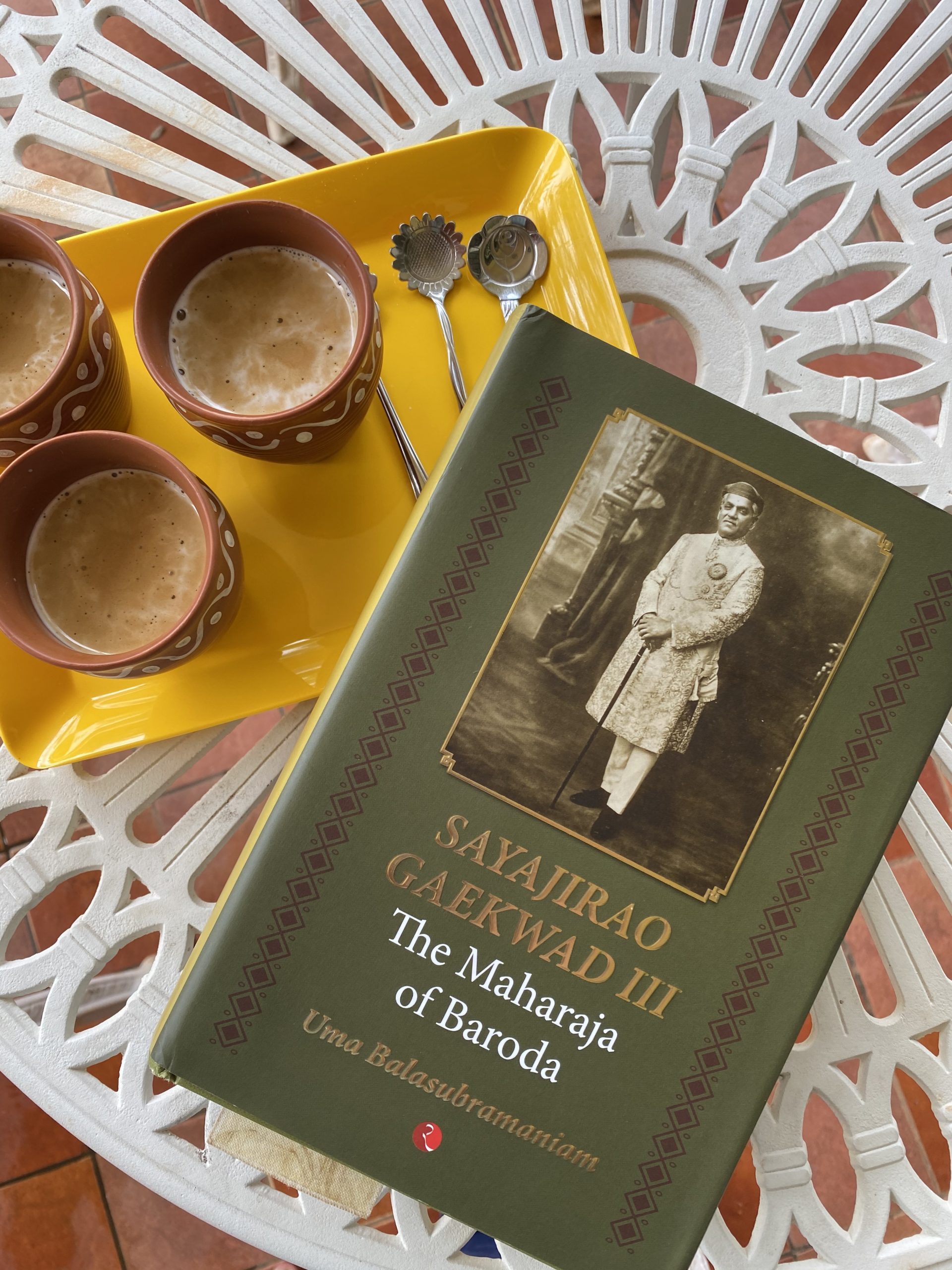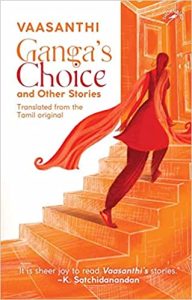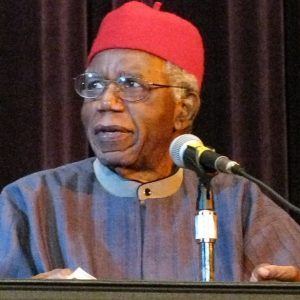A simple farmer’s son ascended the throne of an empire and left an indelible mark on the history of a state. This is no fairy-tale, but the true story of Sayajirao Gaekwad III: The Maharaja of Baroda, which has now been immortalized by Uma Balasubramaniam, in a book published by Rupa Publications. The simple narrative draws the reader in completely and the pace and level of interest continues throughout. The Maharaja of Baroda ruled from 1878 to 1939. But, his life was fraught with major events. After all, the background of his reign was the rule of the British Empire on one hand, and the simmering nationalism and rebellion that was brewing in the country. His role at this crucial juncture in history is very important. What was the political and social state of Baroda before his rule? How did he ascend the throne? What were the factors at play in a big complex political game that changed the course of history? What did he do that makes the ruler of Baroda much-loved and much-remembered today? How was he ahead of his times? How did he toe the delicate balance between British demands and the requirements of his people? What is the legacy that he left behind?
Uma Balasubramaniam dons the mantle of a historian as she recreates the life and times of a beloved ruler of Baroda- Sayajirao Gaekwad III. Are you ready for a trip down the annals of history?
A story of power dynamics
Reading this book takes the reader down the annals of Indian history, right up to the time when the Kurukshetra war ended. Balasubramaniam briefly sets the context for the story of Sayajirao Gaekwad III, by chronicling the history of the rise of the family. The backstory of the Gaekwad royal family of Baroda is rich and diverse. It is the story of power. This story explains the kind of events that show why and how the Marathas established rule in Gujarat and retained it over years as well. Political backstories are all about power dynamics and nowhere is this more apparent than the detailed picture that Balasubramaniam paints for the readers, outlining the varied players in this game- the Marathas, Peshwas, the British, Arabs, Mughals and more, all at different times in history.
One of the threads that comes across as vital, and that the book describes in detail is how indigenous rulers gradually ended up giving their power and sovereignty to the East India company. However, there were rulers who walked the thin line between retaining their independence and still facing the British might. One of them was Sayajirao Gaekwad II. After him, his sons took on the mantle of Baroda.
However, the twist in the tale is the story of how the adopted son of Jamnabai, widow of Maharaja Khanderao, came to be the king. The adoption of Gopalrao, whom we know as Sayajirao Gaekwad III was definitely not a chance thing. However, the story, as you will read in the book, does have a fairy-tale like appearance! This is a fascinating tale and gives a fitting end to the backstory of the royal family of Baroda.

Maharaja of Baroda
What really stands out for me in this book is the depth of research. There is tremendous amount of research in establishing the political and the social context of the country in general and Gujarat in particular, much before the rule of the Gaekwads’. This becomes the canvas on which the author then paints a picture of the life and times of Sayajirao Gaekwad III: The Maharaja of Baroda.
Here as well, detailed research and accounts take centre stage. The reader gets access to an examination of the many threads that form the tapestry of the life of this versatile king. Part 1 of the book chronicles the aforementioned backstories of the royal family. Part 2 starts with the coronation of Sayajirao Gaekwad III, and then of course the story of the transformation of a farm lad into an aristocrat. This part forms the major chunk of the book, and ends with, and aptly so, the Golden Jubilee celebrations of his rule.
As one comes to expect from the first part of the book, this section is also detailed and rich with anecdotes. I particularly enjoyed the stories of the education of the new prince, little instances from palace life and the treasure trove of experiences, and all the steps that honed him to become the king he was destined to be. Then the instances of the protocols observed and little details of palace life are also interesting.
Toeing the fine line
Due to the complex political scenario there had to be a delicate balance between the sovereignty of a ruler and his allegiance to the British. In other words, a ruler was not necessarily completely free to rule as he pleased. In the administration, the British government did have a say in important matters. Madhavrao, the vicar who administered Baroda whilst Sayajirao Gaekwad III was prince-in-training, had to maintain this balance, as did the king himself once he assumed responsibilities. The 18-year old king who ascended the throne had little experience in the ways of the British. How did he toe the line?

It is in this description of the “battle of wits” where the king balanced his authority and the welfare of the state with the ‘demands’ of the British, that another strand of this book lies. In describing this aspect in detail and through numerous examples, the book not only tells us what happened in the past, but also indirectly points us to a few lessons in diplomacy. There were factors, both on the side of the British as well as elements from his own administration, who the Maharaja had to be wary of. They would stir discontent. How he handled the confusion, ploys and chaos is an interesting story in itself, especially with respect to Lord Curzon, a particularly difficult viceroy, as well as Viceroy Hardinge. The problems with the highhandedness of the British continued and there were hiccups as well. His covert support to the freedom struggle movement also did not go well with the British, since he was especially adept at dodging all their investigative moves! The reader will be amused at the various disguised and some not-so-disguised ‘snipes’ of the Maharaja, directed towards the British. At the same time, he looked after the diplomatic ties to ensure the best for his people.
Needless to say, one expects that he would have faced many challenges as a king. The descriptions of these and his manner of dealing with them, are a lesson in themselves! It is in the little details of the struggles that he faced as a king that make him more ‘human’ in a sense to the reader. How did he handle the clash of egos that was bound to happen when the old guard gave way to the new? What was his daily routine like? How did he learn to delegate his work? what kind of ground work did he do to set a foundation for his rule?
There were times when he had to balance his own personal needs with that of the state. Should he travel with his wife for her surgery to England when Baroda needed him? What about the education of his sons? His ‘work-life’ balance if one could put it that way is interesting to observe.
That he lost three sons even before he celebrated fifty years of rule, is a tragedy. His ‘failure’ as a father also left much to be desired, though he made up for it by looking at the upbringing of his grandson. By pointing out this lacuna, the author takes an honest look not only at his achievements, but also areas where he could have done better.

Ahead of his time
Sayajirao Gaekwad III is known for his progressive streak. The book describes all the progressive measures that the king implemented during his rule. After the death of his first wife, he married again and ensured that the new bride who was not educated, gained an education. She was groomed into an educated and well-poised woman with a broad vision who did her husband proud. As the book chronicles his early reforms- architectural, social, personal, the reader also gets a sense of how power can be put to good use. He observed things when he travelled abroad, made notes and the impact of these observations distilled in his own mind and led to broadening his own thoughts and as a result led him to have a more positive impact on his kingdom. He used his keen gift of observation and his mastery of details to make a difference to his kingdom and people. Travel broadens a person’s horizons and the impact of the maharaja’s travel on his forward-looking and modern outlook is well-sketched in the book.
It is well-known that his patronage brought forth some of the best talents of the time. The most well-known example is of course, Raja Ravi Varma, who had his first exhibition at the Baroda palace. Another well-known story is that of his audience with Hitler, and the famous hockey match where player Dhyanchand played barefoot and won the match, after a pep talk by the maharaja!
Closer home, he saw that household wastage was avoided, looked at efficient drainage system, education of women, encouraging and patronizing thinkers, taxation reforms, sanitation and public works, establishment of primary and secondary educational institutes and so on. the family modelled social change. For example, abandonment of purdah was first modelled by his wife. All his reforms made Baroda a model city. The book not only describes what reforms were made thanks to him, but also gives an insight about what led to their development and the interesting stories associated with these reform measures.
Who should read this book
This is a well-researched and extremely deep and comprehensive book that offers a fascinating insight as well a holistic view of the life and times of Sayajirao Gaekwad III as well as relevant historical background. Along with the specifics of looking at Baroda, one can glean a lot of background information that pertains to the Indian freedom struggle. The different backstories, stories and strands are tied up together to present a tome that paints a vivid and well-researched picture of Sayajirao Gaekwad III- the person behind the Maharaja!
Sayajirao Gaekwad III: The Maharaja of Baroda by Uma Balasubramaniam fills a lacuna in the currently available literature in English that pertains to the illustrious ruler of Baroda. That the Gaekwad royal family, and more specifically, Sayajirao Gaekwad III played a crucial role in the freedom movement as well as the role of an exemplary visionary is well-known in academic circles. However, this is not common knowledge.
The book presents the story of the maharaja in a manner that will be of interest to the general public as well as history buffs. It is the duty of writers to chronicle stories that are important, so that they are remembered in the future.
One sees the many faces of Sayajirao Gaekwad III throughout the book. A farm boy, a diligent student, a mature king. But if I had to surmise the book in only one line, here is what I would say….Through the book, his journey becomes our journey!
When we study history, we look at the macro view. However, is it not fascinating to look into the tiny details that make up the lives of the kings and queens who wielded power? The book has little details which make for really interesting reading. At the same time this is a book that holds lessons on various aspects of management, if one takes a broader view. How does one use power for the benefit of people? How can a ruler be ahead of his times? How can diplomacy be used to advantage? What lies at the core of managing a state? Sayajirao Gaekwad III: The Maharaja of Baroda by Uma Balasubramaniam may take a detailed look at the past, but read it carefully, and one will find that it offers new and poignant takeaways for the future.




